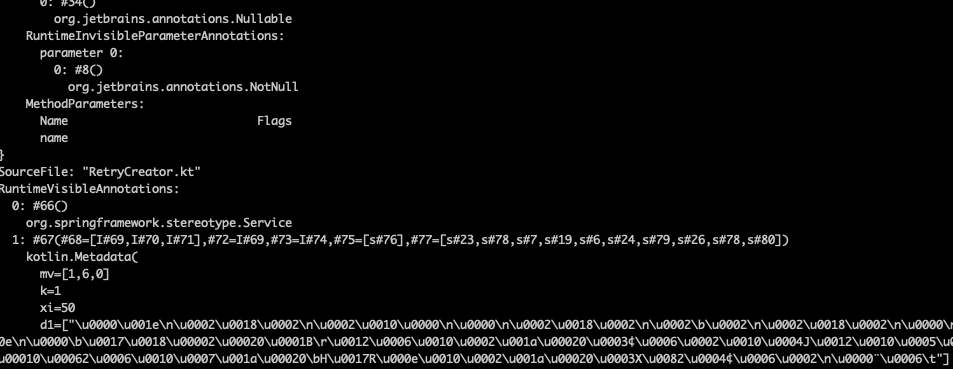Inline Functions in Kotlin: Pros and Cons
Inline functions are a powerful tool that can be used to improve the performance of Kotlin code. However, they also have some drawbacks that should be considered before using them.
What is an inline function?
An inline function is a function that is copied into the code of the calling function instead of being called separately. This can improve performance by reducing the number of function calls that need to be made.
When to use inline functions
Inline functions should be used when the performance benefits outweigh the drawbacks. This is typically the case for functions that are called frequently, especially within loops or in performance-critical code.
Pros of inline functions
- Performance optimization: Inline functions can improve performance by reducing the number of function calls that need to be made. This is because the function's code is copied into the code of the calling function, so there is no need to make a separate function call.
- Control over function inlining: The
inlinemodifier can be used to control when and where a function is inlined. This can be useful for ensuring that performance-critical functions are always inlined.
Cons of inline functions
- Code size increase: Inline functions can increase the size of the compiled code, as the function's code is copied at every call site. This can be a concern for applications with limited memory resources.
- Compile time increase: Inline functions can increase the compile time, as the compiler needs to analyze the function's code to determine if it can be inlined. This can be a concern for applications that need to be compiled quickly.
- Complexity increase: Inline functions can make code more complex, as the function's code is copied into the code of the calling function. This can make the code more difficult to read and maintain.
When not to use inline functions
Inline functions should not be used when the performance benefits are not significant or when the drawbacks outweigh the benefits. This is typically the case for functions that are called infrequently or that are not performance-critical.
Conclusion
Inline functions are a powerful tool that can be used to improve the performance of Kotlin code. However, they should be used carefully, as they can also have some drawbacks. When deciding whether or not to use an inline function, it is important to consider the specific needs of the application.
